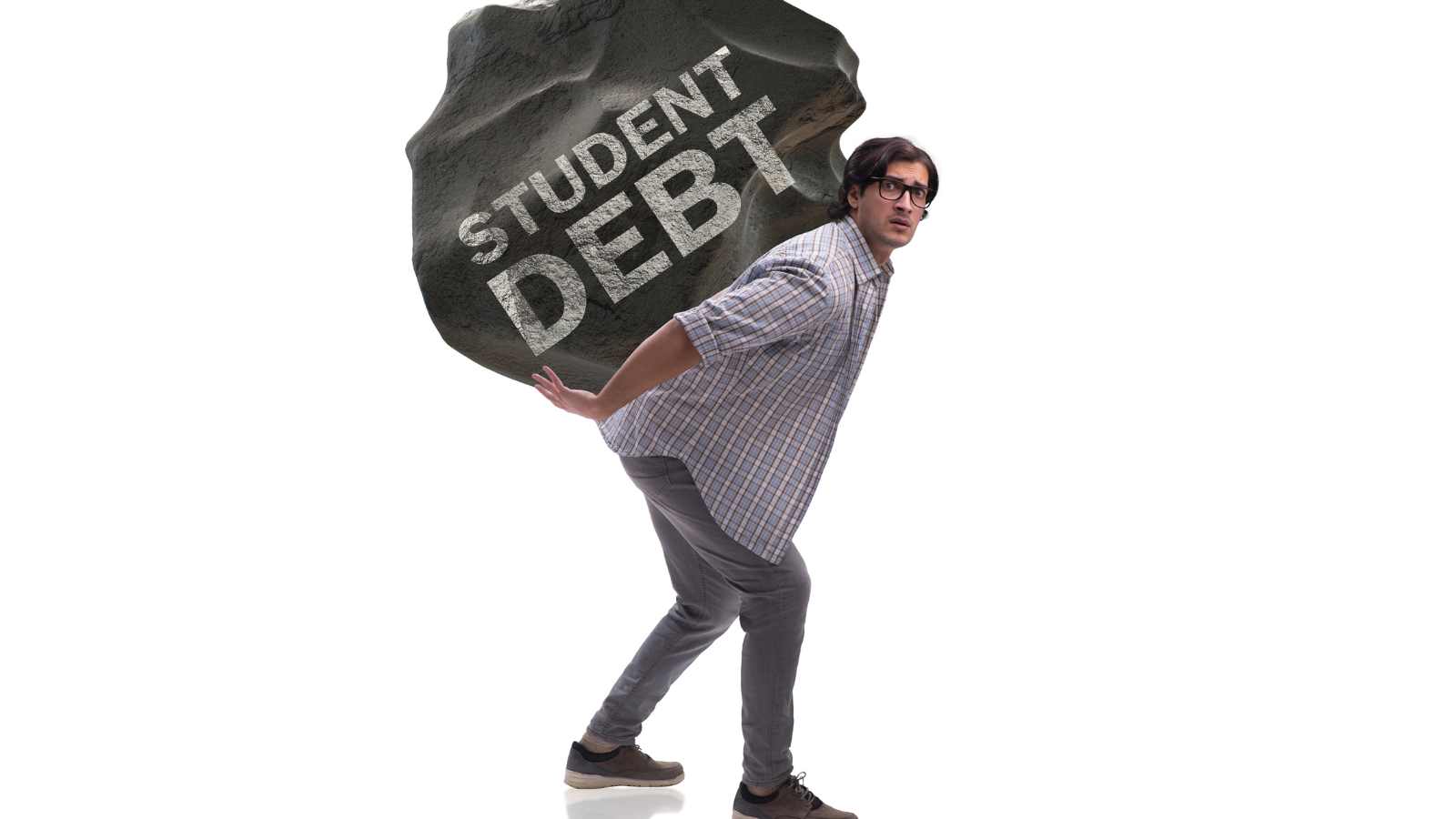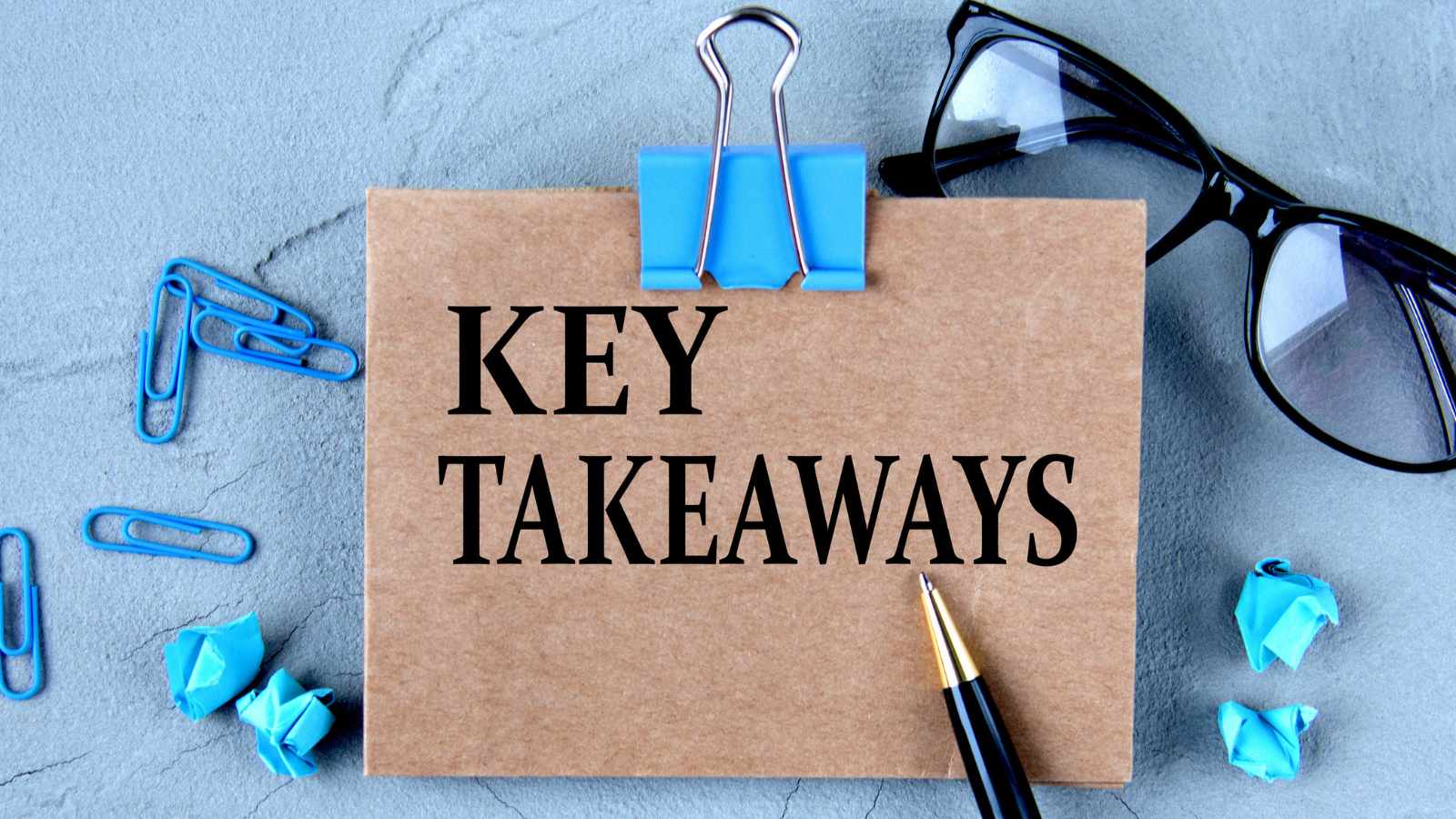
We used to tell ourselves that being young meant being happy, but the data just dropped a harsh reality check.
Listen, something wild is happening in America. For years, being young was basically synonymous with being carefree and hopeful. But the 2024 World Happiness Report (WHR) flipped the script, showing a shocking decline in well-being for Gen Z and young Millennials, forcing the U.S. out of the top 20 happiest countries and into 23rd overall.
The shift is profound: Young Americans are now less happy than their grandparents, a unique reversal among developed nations.
This decline proves that the American economic and social structure is uniquely failing its young people, burdening the rising generation more than the established old.
The massive global happiness disconnect

The difference in well-being between young and old Americans is enormous, and it’s unlike what we see in most other countries. Traditionally, young people worldwide tend to be happier than their older counterparts. That is simply not true in North America anymore.
When you rank countries solely by the happiness of their youth (ages 15–24), the U.S. plummets. The U.S. rockets down to an abysmal #62 globally, confirming a rapid collapse in well-being over the last 15 years.
Meanwhile, older Americans (ages 60+) are doing surprisingly well, ranking as the #10 happiest senior population in the world. This huge generational gap proves that the system benefits the established older demographic while actively letting down the younger one.

Experts agree that the collapse in teen mental health aligns almost perfectly with the widespread adoption of social media platforms around 2012. Social media turns life into a competitive performance metric, which is terrible for self-esteem. By replacing real-world interactions with curated highlight reels, it fuels a constant sense of inadequacy and self-doubt.
There’s a strong link between increased social media use and symptoms of loneliness and depression in young adults. This connection is especially devastating for girls.
Researchers found a significant correlation between frequent social media use and severe psychological harm for young women. This digital dependence makes genuine happiness feel like an unattainable, filtered goal.
The anxiety and depression epidemic is real

This isn’t just about feeling “a little down.” It is a measurable, generational public health crisis. A staggering 42% of Gen Zers struggle with depression or feelings of hopelessness, which is almost double the rate of people over 25.
The objective indicators are terrifying and show the actual depth of the crisis. Suicide rates among U.S. teenagers (ages 12 to 17) surged by 70% between 2008 and 2020. Furthermore, a 2023 Gallup survey revealed that nearly half (47%) of Gen Z often or always feel anxious.
When this volume of distress exists, depression and anxiety become fundamental roadblocks that prevent happiness, regardless of external success.
Crushing student debt loads

/123rf
Young people are entering adulthood heavily burdened by debt before they even earn a stable income. While Gen Z’s average student loan balance is currently $22,948, that debt is growing the fastest of any generation, rising at a 6.72% Compound Annual Growth Rate (CAGR). This debt fundamentally limits agency and undermines the self-made American Dream.
The debt has catastrophic, long-term consequences. An incredible 84% of Gen Z with student debt have put off significant life investments, including saving for retirement or buying a home. Plus, 72% of Gen Z borrowers have made employment decisions solely to pay off their loans. This financial anchor is a heavy anti-happiness tax that limits career freedom and delays stability.
Rent is just too high

The relentless rise in housing costs makes achieving independence feel nearly impossible. Currently, almost half (49.7%) of U.S. renters are classified as “cost-burdened,” meaning they spend more than 30% of their income on rent. This high expense leads to delayed psychological maturity and limits the ability to build a self-directed life.
This crisis causes delayed adulthood and limits the ability to build a self-directed life. As housing costs rise, a growing number of young adults are staying home: 32.5% of Americans aged 18–34 lived with their parents in 2024. This rate is significantly higher in unaffordable urban markets like New Jersey and California, where rates exceed 39%.
If you can’t afford to live alone, you can’t truly create your own supportive community.
Wages stalled while costs soared

Gen Z is stuck on an economic treadmill, running faster just to stay in the same place. They face a challenging financial environment marked by persistently rising living costs and high debt levels. They are working hard, but the financial progress simply isn’t happening.
Even when youth unemployment drops, the quality of jobs is often poor. Precarity is the new normal, characterized by shorter contracts and stagnant real wages in many sectors.
This systemic futility creates immense financial stress. When wages only cover basic survival, stress-relieving activities and necessary leisure time—which are critical for overall happiness—are often the first things to be cut.
The looming threat of eco-anxiety

For younger generations, the threat of climate change is not abstract; it’s a constant, heavy psychological burden. In 2021, 45% of Gen Z globally reported that climate anxiety affected them daily. This is an existential dread that undermines hope for the future.
The American Psychological Association confirmed that Gen Z experiences heightened levels of stress and trauma linked to climate threats and disasters. These young adults inherit the problem but often feel they lack the agency or control to fix it, fueling deep hopelessness.
When the future feels existentially threatened, focusing on long-term personal satisfaction becomes impossible.
Political division overload

Increased societal and political divisions are emotionally draining, contributing directly to anxiety and generalized hopelessness. Constant negativity makes the world feel unstable and the societal framework feel broken. Polarization means that everything—from social values to economic policies—is a fierce, intractable debate.
This constant conflict erodes necessary trust in institutions and community cohesion. Without faith in a stable societal framework, external stressors become far harder to manage, increasing generalized anxiety. The sense that the system itself is dysfunctional adds to the feeling that young people are fighting uphill battles alone.
The paradox of connectivity

Young people are perhaps the most connected generation ever, yet they report being profoundly lonely. Despite being constantly logged in, Millennials and Gen Z report feeling lonelier and less supported by friends and family than older generations.
Digital connections simply don’t replace the need for strong, in-person relationships and supportive community structures. This lack of deep, resilient social bonds negatively affects happiness, even among those with thousands of digital followers. Economic strain and digital dependence steal time from establishing the kind of deep social circles that traditionally protect against generalized anxiety.
The failure to treat the crisis

Even though awareness of mental health issues has thankfully increased, the necessary infrastructure for care has failed to keep pace. Access to timely and adequate mental health care remains insufficient for millions of people across the U.S. Alarmingly, over one in four youth lacks the necessary preventive mental health care.
The system focuses on crisis intervention rather than preventative support. Schools, a vital resource, are overwhelmed. This systemic failure means that temporary stresses quickly become chronic, untreated psychological conditions, cementing generational unhappiness.
Key takeaway

The unprecedented unhappiness of young Americans stems from a perfect storm: They are disproportionately burdened by systemic financial pressures (debt and housing) while simultaneously facing intense, isolating psychological stressors (social media and existential crises).
Awareness is up, but treatment access is down, locking the generation into a cycle of anxiety and precarity.
Disclaimer – This list is solely the author’s opinion based on research and publicly available information. It is not intended to be professional advice.
Disclosure: This article was developed with the assistance of AI and was subsequently reviewed, revised, and approved by our editorial team.
20 Odd American Traditions That Confuse the Rest of the World

20 Odd American Traditions That Confuse the Rest of the World
It’s no surprise that cultures worldwide have their own unique customs and traditions, but some of America’s most beloved habits can seem downright strange to outsiders.
Many American traditions may seem odd or even bizarre to people from other countries. Here are twenty of the strangest American traditions that confuse the rest of the world.
20 of the Worst American Tourist Attractions, Ranked in Order

20 of the Worst American Tourist Attractions, Ranked in Order
If you’ve found yourself here, it’s likely because you’re on a noble quest for the worst of the worst—the crème de la crème of the most underwhelming and downright disappointing tourist traps America offers. Maybe you’re looking to avoid common pitfalls, or perhaps just a connoisseur of the hilariously bad.
Whatever the reason, here is a list that’s sure to entertain, if not educate. Hold onto the hats and explore the ranking, in sequential order, of the 20 worst American tourist attractions.






